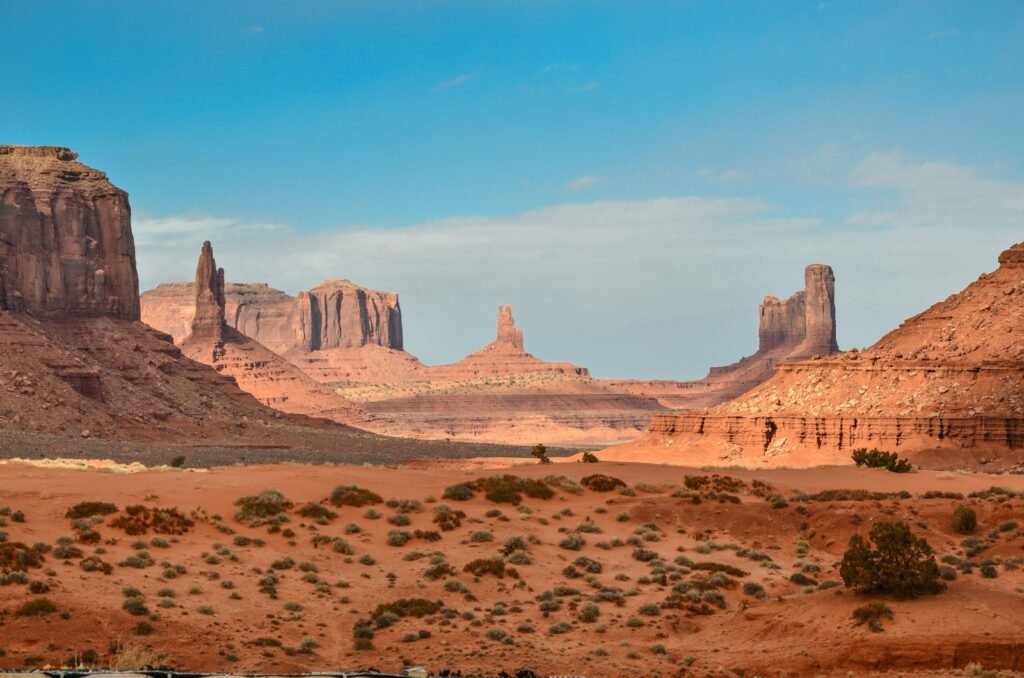By late afternoon, the desert sun turns the sidewalks into stovetops and the air into something you can almost feel pressing back. Arizona has always been hot, but the recent run of shattered records – more 110-degree days, stubbornly warm nights, and unprecedented peaks in electricity demand – signals a shift from familiar summer to something riskier. Scientists aren’t just counting broken marks; they’re mapping a new climate rhythm powered by a warmer baseline, drier soils, and sprawling cities that hold heat like a battery. The pattern is bigger than a single season, yet it shows up on your thermostat, the city’s power grid, and, most painfully, public health dashboards. The mystery isn’t whether the record book will be rewritten; it’s how fast, how far, and whether we can catch up.
The Hidden Clues

Here’s the surprising part: the state’s hottest days are only half the story. In recent summers, Phoenix and surrounding cities have stacked together unusually long streaks of heat advisories and extreme heat warnings, the kind that keep hospitals on alert and transit workers on modified schedules. Meteorologists point to persistent high-pressure domes that act like atmospheric lids, compressing and warming the air below while steering storms away. When those patterns settle over the Sonoran Desert, the heat doesn’t just spike – it lingers, sometimes for weeks. On satellite maps, the Southwest glows crimson, and surface stations confirm the persistence with calendar-day records falling one after another.
I still remember a predawn walk in Phoenix last July when the wind felt like a hair dryer. That’s not the desert “cool” I grew up expecting at sunrise; that’s a clue that nights aren’t providing relief anymore. When nights fail to cool, bodies can’t recover, buildings shed heat more slowly, and the next day starts closer to the danger zone. Those quiet, early-morning hours – once a safe window – are becoming part of the high-risk period.
From Ancient Tools to Modern Science

Desert people have always coped with heat: shade, siestas, thick walls, and courtyards. What’s changed is that we can now diagnose the drivers in high resolution. Weather balloons, satellite sensors, and urban networks of thermometers show how air masses, humidity, and city surfaces conspire to lock in heat. During 2023 and 2024, federal climate monitors documented Arizona’s hottest months and Phoenix’s extraordinary strings of 110-degree days, a level of precision that leaves little room for “it’s just a hot year” skepticism. The numbers line up across agencies, and they’re echoed by hospital data and power utilities hitting new peak-demand records.
Local researchers have also traced how concrete, asphalt, and building geometry trap daytime heat and slowly release it after sundown. Those “heat islands” don’t add much to the afternoon peaks compared with nature’s furnace, but they supercharge the night. Put simply: the city has changed the daily cycle. The science reads like a detective report, and the suspect list – warmer background climate, urban expansion, and stubborn high-pressure systems – keeps showing up at the scene.
A Warmer Baseline

Think of global warming as turning up the thermostat before the heatwave even starts. A warmer baseline shifts the entire distribution upward, making rare extremes more likely and common heat more punishing. In 2023, Arizona logged a barrage of records, including Phoenix’s month-long streak of days at or above 110 degrees; 2024 then delivered the area’s warmest year on record, with exceptionally hot June through October averages. This isn’t random noise – North America’s last two years were historically warm, and the Southwest sits near the frontline of that trend.
By 2025, even a “less extreme” summer still ranked among the city’s hottest on record, which says a lot about how quickly our reference points are shifting. Heat doesn’t need to be the absolute worst to be dangerous when you’re starting from a higher floor. More days cross health-relevant thresholds, and gear that used to be adequate – HVAC units, bus stop shelters, even flight performance envelopes – gets pushed to its limits more often.
Nights That Refuse to Cool
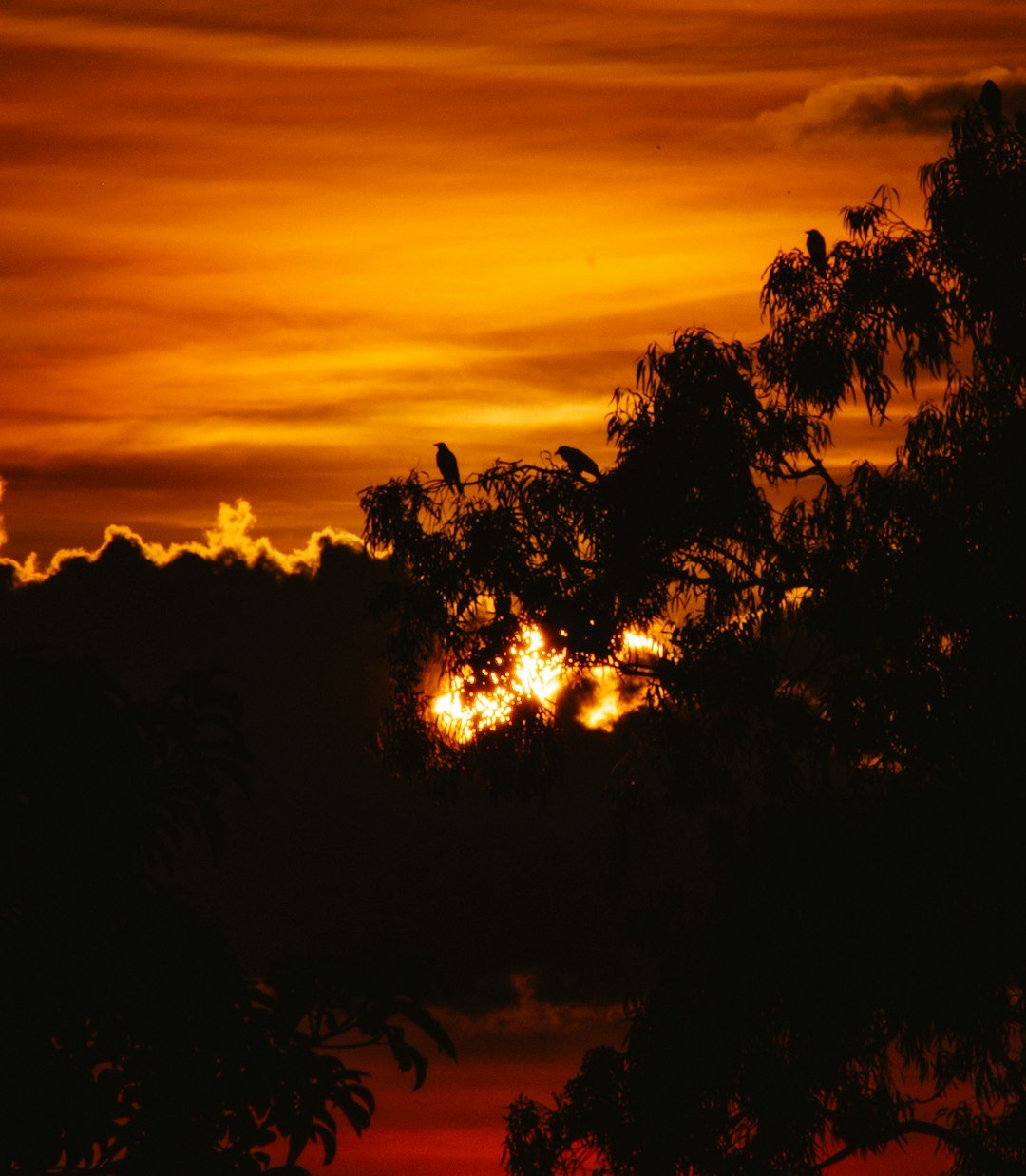
Roughly about one third of heat danger hides after dark. Urban materials soak up solar energy all day and bleed it back slowly, keeping minimum temperatures uncomfortably high. Public health teams worry about these warm nights because the body’s main recovery window closes; that’s when dehydration deepens, medications interact poorly with heat, and mortality risk ticks up. Phoenix has notched some of its warmest overnight lows in recent summers, including record “highest minimum” days that make the city feel like it never exhales.
Humidity complicates the picture. Monsoon moisture, irrigated landscapes, and latent heat trapped in the urban canopy can hold warmth close to the surface. Even when afternoons are a touch cooler thanks to clouds, evenings can stay muggy and hot. The lived experience is brutal: you open the door at 5 a.m. and the air feels like bathwater, signaling that the heat day has already started.
Dry Soils, Big Heat
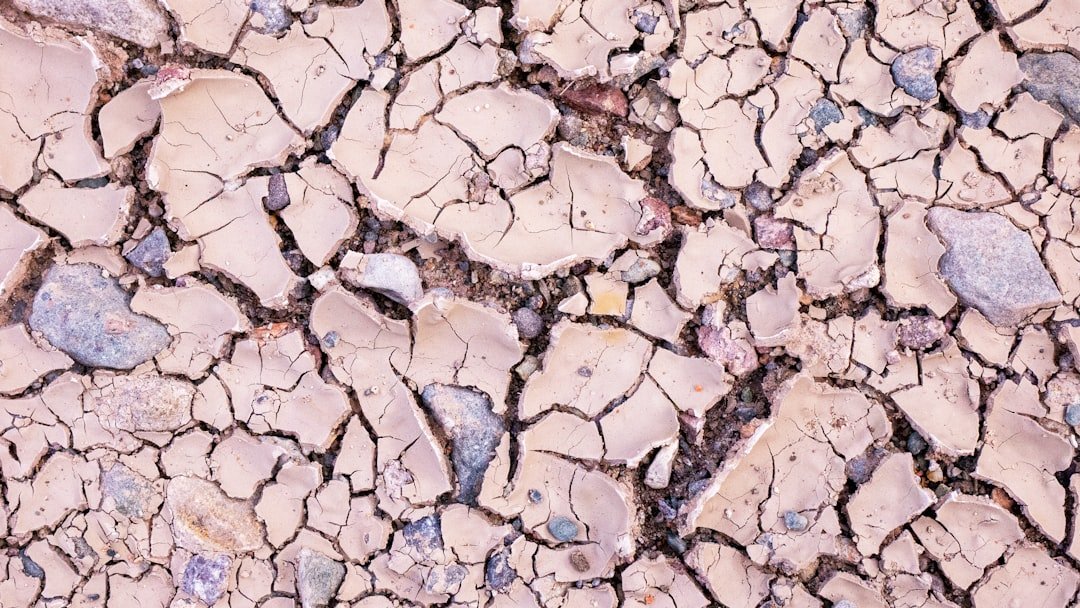
Arizona’s long dry spells do more than parch creeks; they prime the land for bigger heat spikes. When soils are dry, less energy goes into evaporation and more goes straight into raising air temperature. That feedback can extend heatwaves and raise early-evening temperatures, which is exactly when many people commute, exercise, or work outdoors. Researchers studying recent “hot droughts” in the Southwest found that low soil moisture and high atmospheric dryness amplify heat and stress ecosystems, slashing plant productivity and boosting wildfire risk.
There’s a twist: lower humidity can slightly reduce the body’s heat stress compared with equally hot, humid air, but that’s cold comfort when the thermometer rockets into the one-teens and above. In practice, dry, prolonged heat still strains hospitals, grids, and neighborhoods. The takeaway is simple: drought and heat move together like dance partners, and when one speeds up, the other usually follows.
The Urban Amplifiers

Cities magnify extremes through design choices. Dark pavements and low tree canopy push surface temperatures well past the air reading, turning crosswalks and playgrounds into griddles. Meanwhile, traffic and AC exhaust add waste heat exactly where people live and work. Phoenix has responded with cool-pavement coatings, shade plans, and tree-planting grants focused on the hottest, least-shaded neighborhoods. Early evaluations show cooler surface temperatures and small but measurable benefits to near-surface air, with real trade-offs like glare and maintenance to manage.
Some quick context points that rarely make the headlines:
- Utilities have set new peak-demand records in summer heat, with late-day usage surging as millions cool homes after work.
- Extreme heat has grounded or weight-limited some regional aircraft on the hottest days because thinner, hotter air reduces lift.
- Shade isn’t a luxury – targeted shade and trees can lower pedestrian-level heat exposure by several degrees, which matters on long bus waits.
Why It Matters
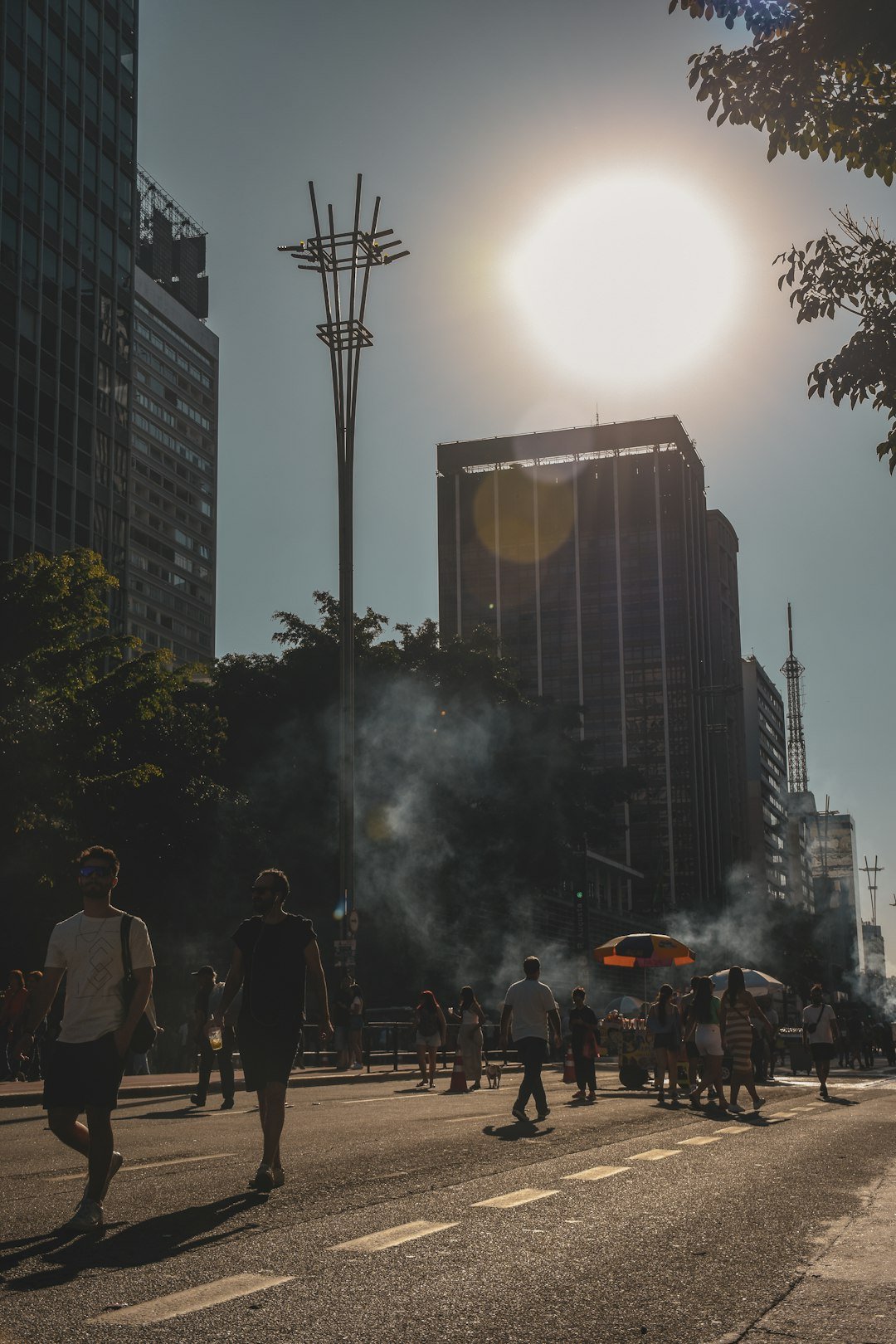
We tend to frame heat as a personal comfort problem, but it’s a system-wide stress test. Hospitals see spikes in heat illness, kidney strain, and cardiac events; public safety responds to more outdoor emergencies; and local governments expand cooling hours and outreach. Power providers must meet evening peaks while keeping transformers and lines within safe operating limits. In transportation, pavement softens, rails expand, and flight performance declines – not everyday failures, but more frequent constraints.
Compared with past practice – ad hoc cooling centers, generic advisories – today’s approach is more targeted and data-driven. Cities map neighborhood risk, extend hours into evenings and weekends, and tie tree funding to the hottest census tracts. The science is clear that early warnings, overnight relief, and shade access save lives. This isn’t about making summers pleasant; it’s about making them survivable and keeping essential services steady when the mercury surges.
Global Perspectives
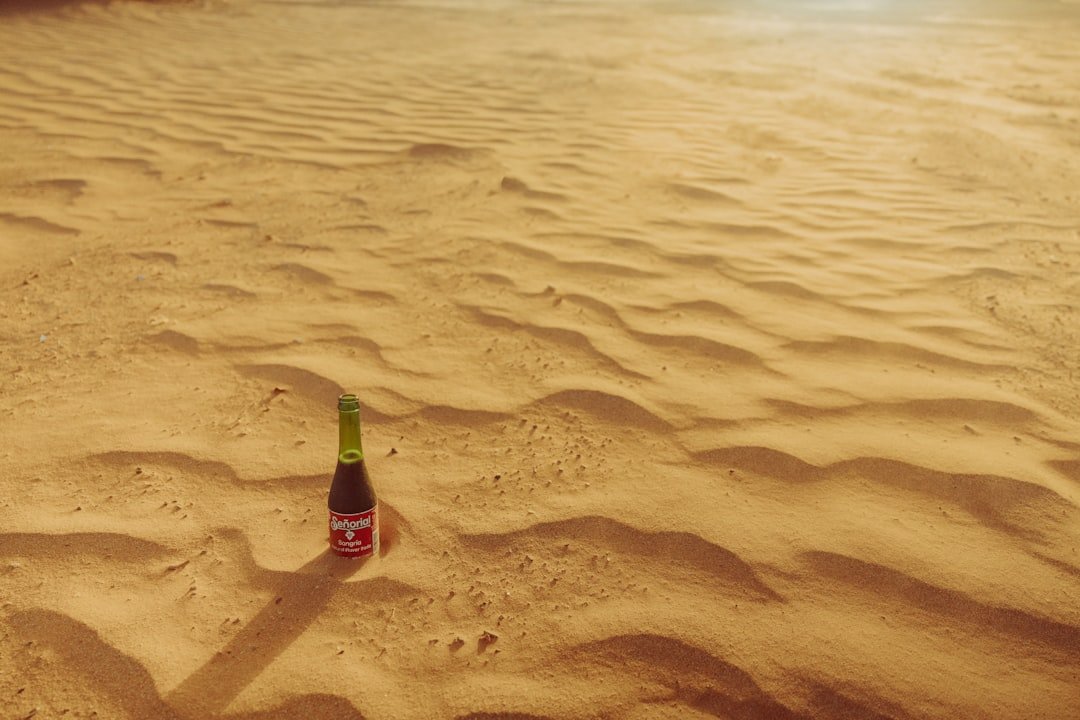
Arizona’s experience mirrors a wider pattern. Globally, the past two years have set temperature records, and attribution studies now routinely find that human-caused warming made many extreme heat events far more likely. Early-summer heat domes that scorched Mexico and rolled into the U.S. Southwest in 2024 fit that template. Climate groups tracking “heat streaks” across hundreds of cities report a steady rise in multi-day, above-normal heat spells, a change that turns rare endurance tests into seasonal fixtures.
What stands out in Arizona is how the local factors stack on top of the global ones: a desert climate predisposed to extremes, sprawling urban form, and a monsoon season that can swing from parched to sticky. The result is a case study the rest of the world is watching. If Phoenix can blunt nighttime heat, keep the grid stable, and reduce mortality even as records wobble, those lessons will travel far beyond the Sonoran Desert.
The Future Landscape

Looking ahead, the Southwest is projected to see more days above health-relevant thresholds, longer heatwaves, and a notable rise in warm nights. That means more strain on workers, renters in older buildings, and people without reliable access to cooling. It also means utilities doubling down on evening reliability, cities scaling shade and cool-surface projects, and health departments treating heat the way we treat flood or wildfire seasons: as predictable hazards with playbooks, not surprises.
The tech and policy toolbox is growing. High-resolution urban climate models can steer where to plant trees or add shade for the biggest reduction in human heat exposure. Grid operators are blending solar, storage, and demand response to shave the fiercest peaks. And researchers are refining heat-health thresholds in dry climates, where traditional humidity-heavy metrics can underplay risk. None of it removes the heat; all of it buys time and reduces harm.
Conclusion
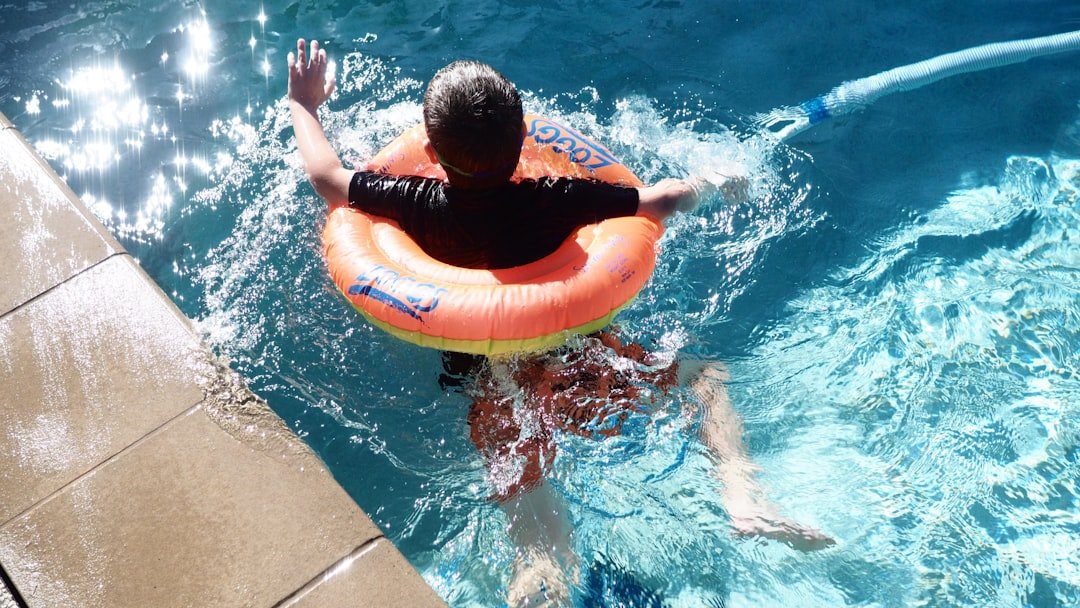
Big moves matter, but small steps add up when nights won’t cool. Start by checking your local heat alerts and plan outdoor time for the coolest hours, with back-up indoor options when warnings escalate. If you manage a workplace or team, shift heavy tasks away from late afternoon, build in water breaks, and train for heat illness the way you would for CPR. Support neighborhood shade projects, especially in places with long bus waits and lots of pavement, and consider volunteering at cooling centers when advisories stretch into weekends.
At home, seal and shade: window films, outdoor awnings, and a simple tree on the west side can make rooms markedly more livable. Sign up for your utility’s demand programs to help ease evening peaks, and keep an eye on vulnerable neighbors when warnings stack up. The future is already testing us; the question is whether we answer with scattered fixes or a shared plan that reaches the hottest blocks first.

Suhail Ahmed is a passionate digital professional and nature enthusiast with over 8 years of experience in content strategy, SEO, web development, and digital operations. Alongside his freelance journey, Suhail actively contributes to nature and wildlife platforms like Discover Wildlife, where he channels his curiosity for the planet into engaging, educational storytelling.
With a strong background in managing digital ecosystems — from ecommerce stores and WordPress websites to social media and automation — Suhail merges technical precision with creative insight. His content reflects a rare balance: SEO-friendly yet deeply human, data-informed yet emotionally resonant.
Driven by a love for discovery and storytelling, Suhail believes in using digital platforms to amplify causes that matter — especially those protecting Earth’s biodiversity and inspiring sustainable living. Whether he’s managing online projects or crafting wildlife content, his goal remains the same: to inform, inspire, and leave a positive digital footprint.

